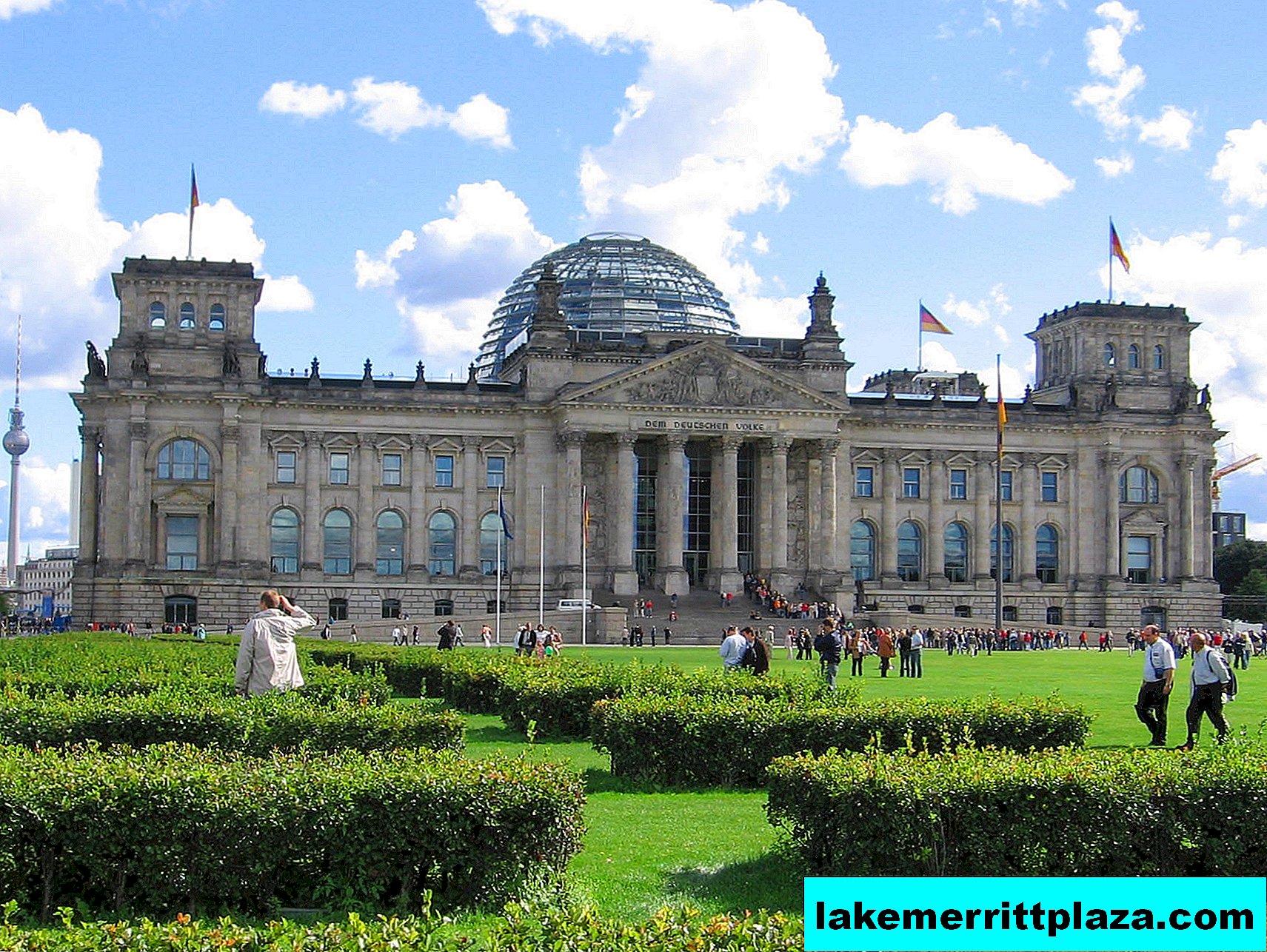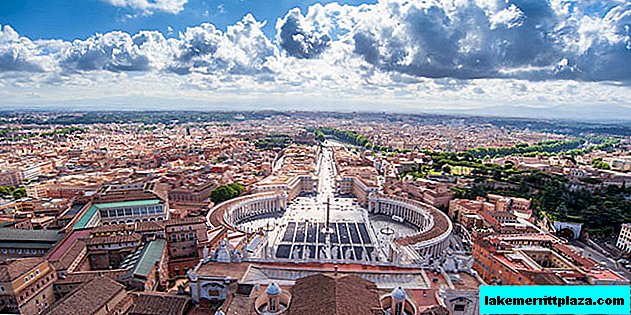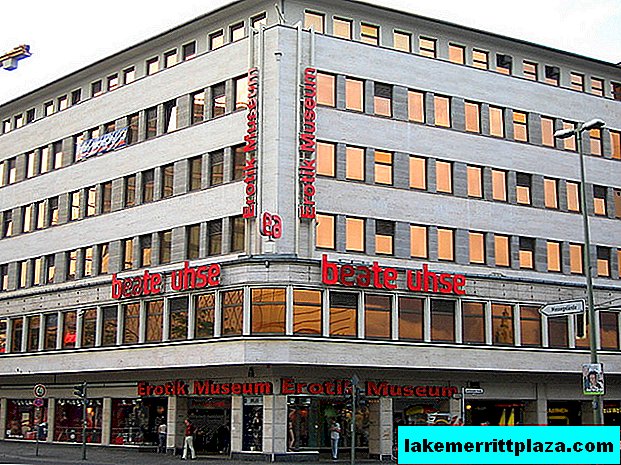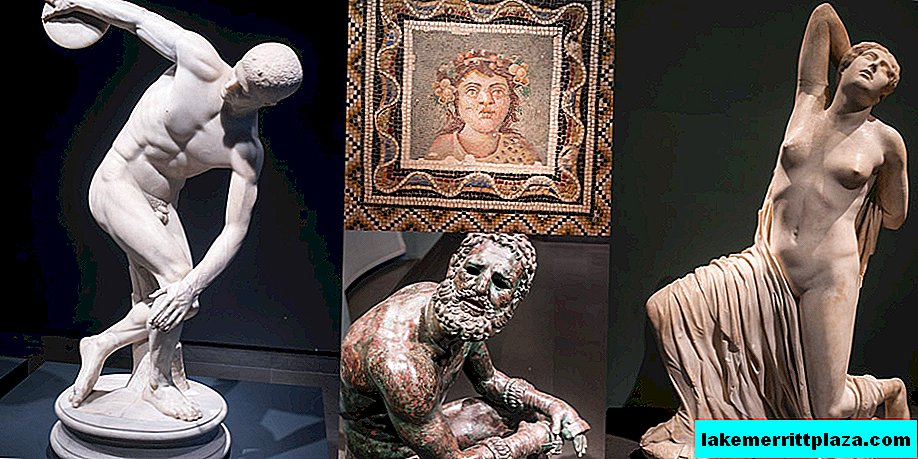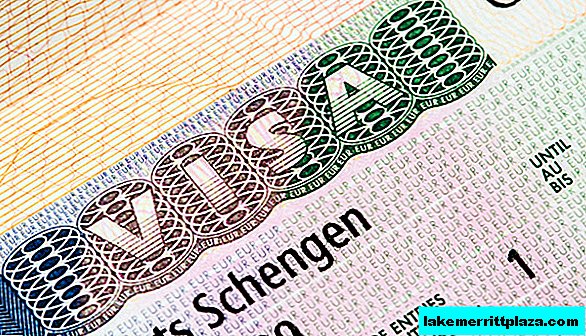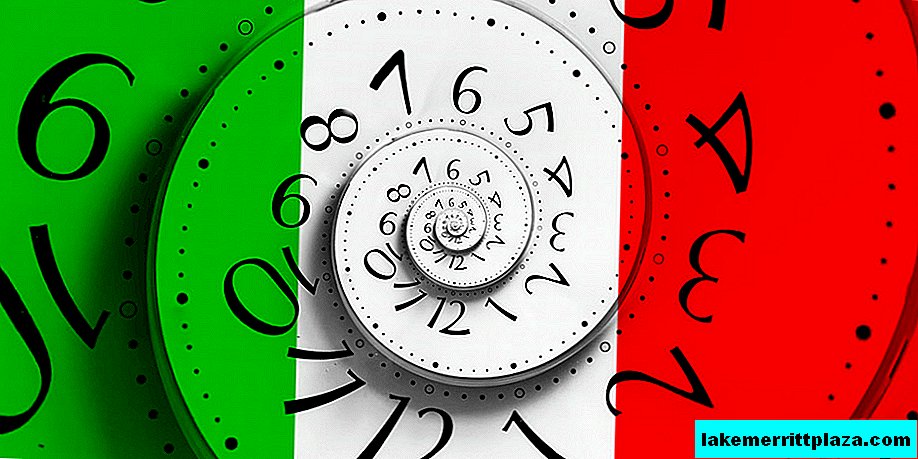Prosecco is a white rose in the flower bed of Italian wines. Why a rose? Because the highest quality and reputation of the drink is also emphasized by its enormous popularity. Its most other wines are exported outside of Italy.
Besides, in 2014, Prosecco surpassed French champagne in the number of bottles sold in the world. Many people mistakenly believe that it is presented only in a sparkling version. In fact, there are several types of drink. Our article will help you learn the whole truth about Prosecco and even a little more.

Origin
Interestingly, Prosecco began her life under a completely different name. In the city of Trieste, at the beginning of the 16th century, the local Ribolla wine was identified with the antique drink Pucino, not only described by Pliny the Elder in his Natural History, but also highly appreciated by the healing properties of the wife of Emperor Augustus.
The need to isolate Ribolla from Trieste from wines with the same name from other regions of Italy led to a change in its name. The drink was christened in honor of the alleged place of production in antiquity - the village of Prosecco.
The first known mention of wine with the name Prosecco is attributed to the Englishman Fiennes Morison, who, visiting northern Italy in 1593, described the drink in detail and put it on a par with the famous wines of the republic. In 1754, the term Prosecco appeared in Aureliano Acanti's book Il roccolo Ditirambo.
Until the 1960s, Prosecco was quite sweet and only slightly different from the Asti wine made in Piemonte. But manufacturers did not stand still, intensively improving their technology. And today on the market are high-quality dry drinks.
In 2008, Prosecco di Conegliano-Valdobbiadene, Prosecco di Conegliano and Prosecco di Valdobbiadene were awarded the DOC category. In 2009 - wine increased its status to the DOCG class.
Production
A drink with the name Prosecco today boasts not only the lion's share of the market of effervescent wines, but also the stringent regulatory regulation of its production. The manufacturing area is limited to part of the territory of the Veneto region, except for Rovigo and Verona, and the entire Friuli-Venezia Giulia region.
The grape used for the production of Prosecco is called Glera. Its content should be at least 85% of the total mass of raw materials. A small part of the berries (not more than 15%) can be supplemented with varieties: Verdiso, Bianchetta Trevigiana, Perera, Glera Lunga, Chardonnay, Pinot Bianco, Pinot Grigio and Pinot Nero.

The method for producing most Prosecco species is known as the Sharma-Martinotti method. It consists in the fact that after the processes of vinification and filtration, the wine is sent for fermentation to autoclaves under pressure. The product remains in the apparatus for a very short time (15-20 days) in comparison with the classical fermentation in a bottle, typical for the production of French champagne.
After completing the above described step, the wine is transferred to another autoclave and filtered again to ensure characteristic transparency. Prosecco is then bottled and corked with a plastic stopper with a typical mushroom shape.
There is a variant of the expensive Prosecco, which is done by the classical method of fermentation in a bottle. This is the so-called Prosecco Col Fondo. It is highly regarded, but rarely found on sale.
Quality levels
To date, various levels of Prosecco quality are on sale. In a visual image, according to the area of production territories, they form a kind of pyramid.

The peak of the figure is a drink unmatched in its category. If you start from the bottom, the list of levels will look like this:
- Prosecco doc - The most popular version of the drink. It is made in 9 provinces of the Veneto and Friuli-Venezia Giulia regions.
- Prosecco Conegliano Valdobbiadene Superiore DOCG - The most concentrated version of Prosecco. Grapes for him grow on the hills between the communes of Valdobbiadene and Conegliano.
- Colli Asolani DOCG - wine, on the bottles of which there is no term Prosecco. Produced in the province of Trevisio (vineyards on the hills of Montello and Koli Asolani).
- Prosecco Conegliano Valdobbiadene Superiore Rive DOCG - a product from the hilly area between Vittorio Veneto and Valdobbiadene, which includes a total of 43 communes. Available only in a sparkling version.
- Valdobbiadene Superiore di Cartizze DOCG - a drink whose production area is limited to only 0.4 hectares of land west of Valdobbiadene. The combination of soil and climatic factors in this area is considered the most ideal for Glera grapes. What makes the bouquet of flavors of the future Prosecco unsurpassed in comparison with lower standing levels.
Some wineries produce Prosecco IGT category. A lower category of drink corresponds to lower quality indicators. But, it should be noted that only professional experts can determine the difference in taste and aroma.
Varieties
Depending on the pressure that the drink is subjected to during the production and bottling process, the following Prosecco options are obtained:
- Frizzante - the pressure in the bottle is less than 3 atm. The minimum alcohol content is 9%. Easy, not long game of bubbles in a glass.
- Spumante - pressure - more than 3 atm. The minimum alcohol content is 11%. Numerous, persistent game of bubbles in a glass.
A non-sparkling version of the wine is also available. In Italy it is called tranquillo, which means "quiet." The minimum alcohol content in it is 10.5%. It is not very popular, so the number of bottles produced per year does not exceed 5% of the total volume of Prosecco. However, it is practically not exported.

In all variations, it is a drink of the color of yellow straw with a fresh, fruity taste. By level of sweetness, sparkling wines are divided into:
- Brut (brut) - up to 12 g per 1 liter of residual sugars (wasps). The most modern version. It is characterized by a delicate aroma with citrus, floral notes and floral motifs.
- Extra-dry - 12-17 g / l wasps. The traditional option. It is rich in aromas of fruits, apples and pears. The taste is soft, but at the same time dry.
- Dry or dry - 17-32 g / l wasps. It differs from other versions by the aroma of ripe fruit with tropical notes and a piquant taste.
Non-sparkling Prosecco is presented only in dry form. It is worth noting that until the mid-1970s only Prosecco tranquillo was traditional. After the introduction of the Sharma-Martinotti method, winemakers mastered a wide production of sparkling drinks.
Which Prosecco is worth a try
The great popularity and huge variety of Prosecco species on the one hand gives room for choice, and on the other puts the buyer in a kind of consumer impasse. How to stay on a product with an optimal ratio of price and quality? In Italy, the Vinibuoni d'Italia leadership, which lists the best wine producers for the year, helps to solve this problem. According to him, we made a list of priority Prosecco bottles:

- Asolo-Prosecco Docg spumante superiore Extra Dry millesimato 2014, Cirotto di Asolo winery, price 10-12 Euro.
- Valdobbiadene Prosecco superiore Docg spumante Brut 2014, winery Bortolin Angelo Spumanti di Valdobbiadene, price 10-12 Euro.
- Valdobbiadene Prosecco superiore Docg spumante Brut 5 grammi 2013, winery Malibràn di Susegana, price 13-15 Euro.
- Valdobbiadene Prosecco superiore Docg spumante Brut Particella 68 2014, winery Sorelle Bronca di Vidor, price 15-17 Euro.
- Valdobbiadene Prosecco superiore Docg spumante Brut Rive di Farra di Soligo Col Credas 2014, Adami di Vido winery, price 12-14 Euros.
- Valdobbiadene Prosecco superiore Docg spumante Brut Vecchie viti 2014, winery Ruggeri di Valdobbiadene, price 16-18 Euro.
- Valdobbiadene Prosecco superiore Docg spumante Extra Dry 2014, manufacturer Vetoraz Spumanti di Valdobbiadene, price 12-14 Euro.

In the post-Soviet space, Prosecco Martini is particularly popular. The famous brand produces a drink of the DOC category with a strength of 11.5%. Its color is straw yellow, the aroma is delicate with soft fruity notes. The taste is harmonious, wide. The cost of wine in the republic does not exceed 5 Euros per 0.75 liters.
How and with what to drink
In Italy, Prosecco is a commonly used wine. Outside the republic, he is often drunk as an aperitif. Like other sparkling wines, it is served chilled (6-8 degrees). The best glass is a tulip-shaped glass. Its height and harmony keep the bubbles for a long time, and a wide rounded top collects a whole bunch of fruit aromas.

Unlike champagne, Prosecco does not wander in the bottle, and over time his perlage "wears out". Therefore, they drink wine young (under the age of 3 years). Although quality drinks can be aged up to 7 years. The average calorie content of alcohol is within 120 kcal.
Prosecco is an amazingly versatile wine. It goes well with a wide variety of dishes. Thanks to its rich taste, Prosecco Brut is an excellent accompaniment for all types of appetizers, first courses, pasta, rice and risotto, for white meat, fish and cheeses (fresh and medium-aged).

Still wine is served with soups or omelettes.
The Extra Drive version is ideal as an aperitif. Its mild flavor neatly complements seafood, legumes and white meats.
Dry Prosecco is sweet enough to accompany desserts; moreover, it is great for fruits and seafood (especially mussels).

Prosecco Cocktails
The modern consumer loves to experiment, creating unusual tastes. Bartenders did not ignore the popular wine, making it the soul of many cocktails. We have collected for you some unusual recipes that you can easily cook at home:
- El Dorado: Tequila - 50 ml, Aperol - 40 ml, tangerine juice - 74 ml, Prosecco Brut - 100 ml, ice cubes.
- Barracuda: Rum - 75 ml, Galliano liqueur - 25 ml, fresh pineapple juice - 100 ml, Prosecco Extra-drive as a top.
- Red Moon: watermelon juice - 80 ml, pineapple juice - 40 ml, strawberry juice - 40 ml, Prosecco brut - 40 ml.
- Revolution: pineapple juice - 80 ml, peppermint syrup - 20 ml, fresh mint - 3 leaves, brown sugar - 1 teaspoon, Prosecco Spumante Brut - 100 ml, apple and lime, cut into cubes.

All cocktails are prepared the same way. In a shaker or blender, whip all the ingredients except sparkling wine (with the exception of apples and lime in the Revolution, which are put on the bottom of the glass). Fill a glass chilled with ice with the mixture and add Prosecco. The wine glass can be decorated with a slice of any fruit.
Now the famous Italian wine hides far less secrets from you. It remains for us to pass the baton into your hands so that you can go in search of your Prosecco. Live according to your possibilities, fall in love with opposites and remember: "A holiday without Prosecco is incomplete for both the bourgeois and the common man!"

